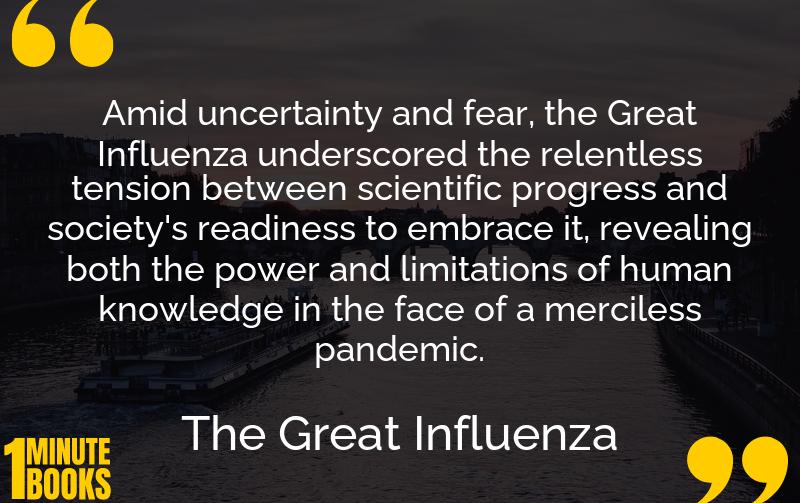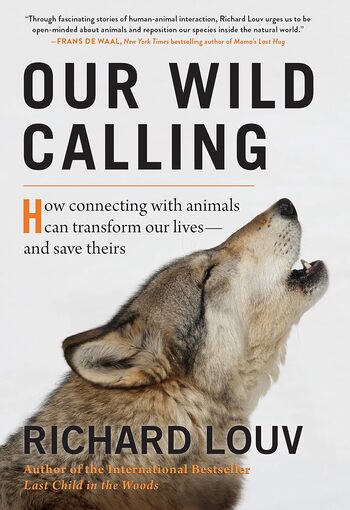
The Great Influenza by John M. Barry explores the 1918 influenza pandemic’s origin, spread, and catastrophic impact on global populations while highlighting its connection to World War I and the scientific challenges faced by researchers.
Main Lessons
- The 1918 influenza pandemic began in the United States, specifically Haskell County, Kansas.
- World War I played a significant role in the global spread of the virus due to troop movements.
- Influenza viruses can switch hosts, evolving into forms that can cause pandemics in humans.
- The pandemic’s high mortality rate among young adults was partly due to a severe immune response termed ‘cytokine storm.’
- Public trust in authorities is crucial during a pandemic; transparency can deter panic.
- The virus, mainly transmitted through respiratory droplets, infects the respiratory system efficiently.
- The pandemic’s three waves showed variations in disease severity, with the second wave being the deadliest.
- Antigenic drift and shift in influenza viruses facilitate their evasion from the human immune system.
- Neuropsychiatric issues arising from influenza highlight the virus’s far-reaching health impacts.
- The pandemic influenced major historical events, possibly affecting decisions like those at the Treaty of Versailles.
- Understanding historical pandemics prepares us for future outbreaks and emphasizes preventive health measures.








